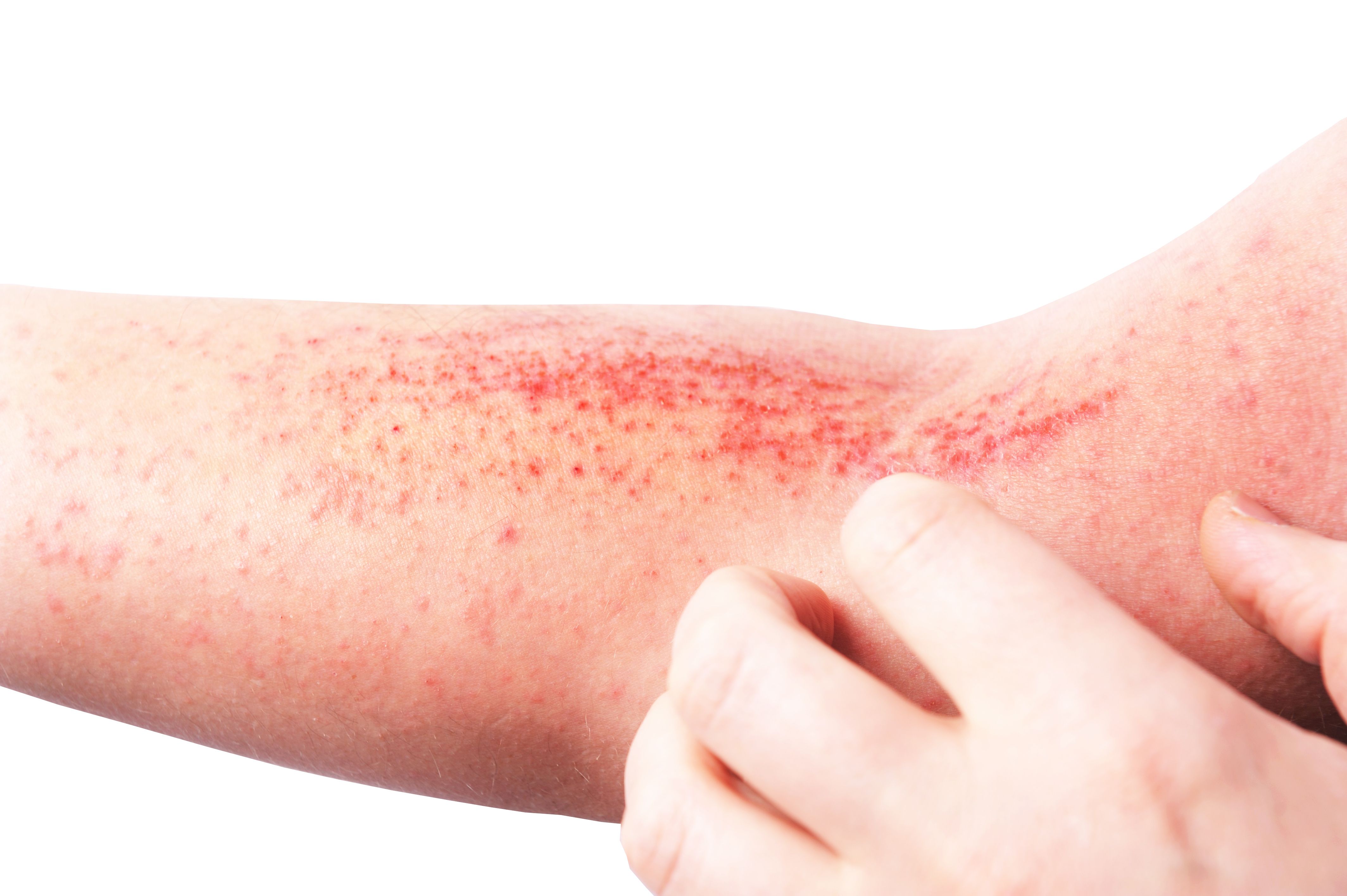Stigmatization of chronic skin disorders plays role in children's quality of life
Data from a recent study revealed that stigma associated with chronic skin diseases made an impact on the quality of life of affected children and adolescents.
Stigmatization of chronic skin disorders plays role in children's quality of life | Image Credit: © lial88 - © lial88 - stock.adobe.com.

Stigma was found to be an important factor impacting quality of life (QOL) for children and adolescents with chronic skin disorders, according to a recent study published in JAMA Dermatology.
Affecting more than a quarter of the global population, skin diseases are the fourth-leading cause of nonfatal morbidity worldwide, wrote the study investigators, led by Amy S. Paller, MD, Departments of Dermatology and Pediatrics, Northwestern University Feinberg School of Medicine and Department of Pediatrics, Lurie Children's Hospital of Chicago.
The investigative team sought to determine how the extent of stigmatization associated with severity, disease visibility, mental health, and quality of life in children with chronic skin disorders.
To do so, a cross-sectional, single-visit study was designed and conducted across 32 pediatric dermatology centers in the United States and Canada that included individuals aged 8 to 17 years with chronic skin disease and 1 parent.
The study authors used the Patient-Reported Outcomes Measurement Instrumentation System (PROMIS) Pediatric Stigma (PPS-Skin) to compare the extent of stigma with child-, caregiver-, and physician-assessed disease visibility, and severity, the primary outcome.
The study also compared reduced QOL, assessed by Skindex-Teen, depression, anxiety, and poor peer relationships, all secondary outcomes. Pediatric child-reported and proxy-reported PROMIS tools included a reference population of the United States pediatric general population. In this population, a T score of 50 is the mean (SD) of the general population, where scores greater than or equal to 60 (depression and anxiety), or less than or equal to 40 (peer relationships) are 1 SD from the mean and at least moderate, wrote the study authors.
T score breakdown:
- 40 to less than 45 = mild
- 45 to less than 55 = moderate
- greater than or equal to 55 = high
There were 1671 pediatric patients and caregivers included in the study, with a SD age of 13.7 (2.7) years. Of those in the study, 57.9% were female. All children completed questionnaires with few data points missing (1.9% for child-reported visibility; 2.6% for child- reported severity; <1% for all other assessments, including 0.4% data for Skindex-Teen), stated the authors.
High disease visibility was self-reported by 56.4% of participants and 50.5% had moderate disease severity. Stigma scores varied by level of physician-assessed and child/proxy-assessed disease visibility and severity.
Of those with chronic skin disorders (acne, atopic dermatitis, alopecia areata, and vitiligo), 27% had T scores less than 40, while 43.8% had a T score of 45 or greater, signifying at least moderate stigma, compared to children with a range of chronic diseases.
Stigma scores were strongly correlated with reduced QOL (P = 0.73), depression (P = 0.61), anxiety (P = 0.54), and poor peer relationships (P = –0.49).
Bullying was also associated with stigma, "(Cohen d = −0.79, with children who were not bullied experiencing lower levels of stigma)," wrote the authors, who added that girls reported more stigma compared to boys related to bullying (Cohen d = 0.26). Those with hidradenitis suppurativa and hyperhidrosis were most likely to have increased depression and anxiety as well.
Overall, the authors concluded that stigma was "an mportant factor associated with quality of life and was correlated with depression," with scores differing based on level of visibility and severity.
"The findings of this study suggests that healthcare professionals should consider stigmatization and bullying in assessing the social and mental health of children and adolescents with chronic skin diseases," concluded the investigative team.
Reference:
Paller AS, Rangel SM, Chamlin SL, et al. Stigmatization and Mental Health Impact of Chronic Pediatric Skin Disorders. JAMA Dermatol. Published online April 24, 2024. doi:10.1001/jamadermatol.2024.0594